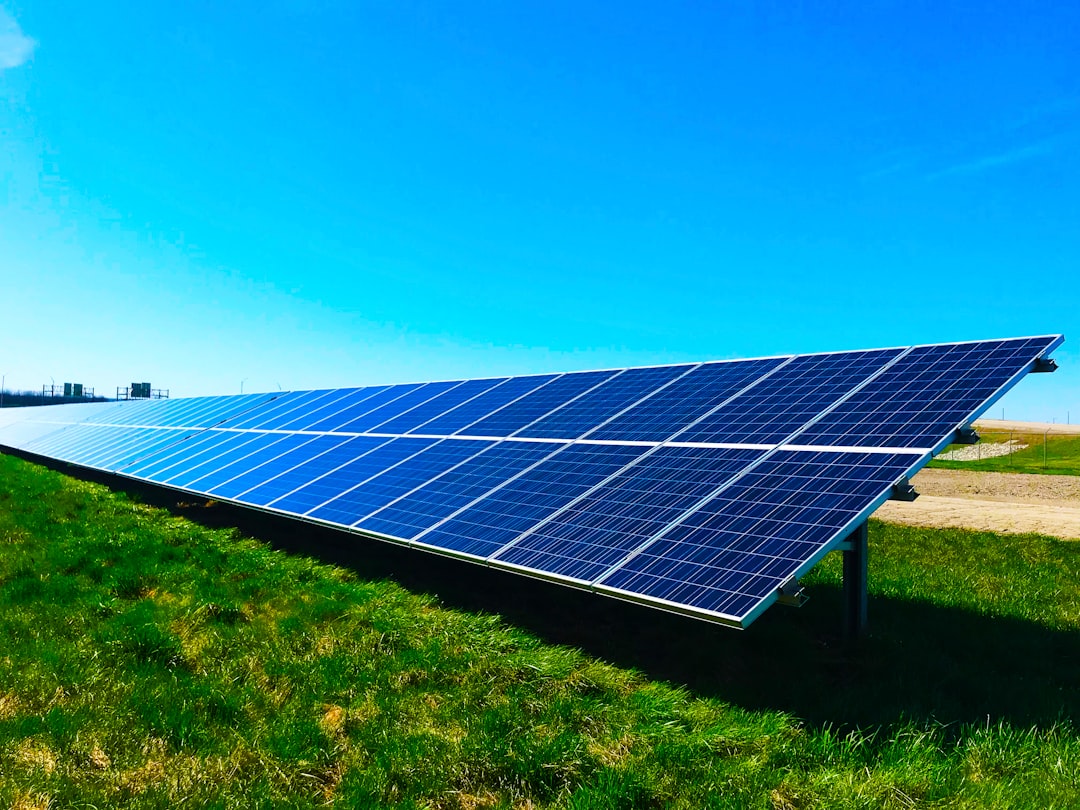What is it about?
Electron beam lithography is a well-established tool suitable for the modification of substrate surface chemistry. It therefore follows that the deposition and self-assembly of nanoparticles on a surface can be directed using this method. This work explores the effect of electron dose on the electron beam lithographic patterning of self-assembled monolayers (SAMs) on gold surfaces. Electron beam irradiation of the sample induces conversion of the SAM terminal functional aromatic nitro (NO2) moieties to aromatic amino (NH2) moieties. The cationic NH2 functionalised regions direct the site-specific assembly of anionic citrate-passivated gold nanoparticles in aqueous solution at pH 4.5. Control of nanoparticle attachment to the SAM is demonstrated over the exposure range 5000–125,000 uC/cm2. Overexposure led to significant numbers of secondary electrons reaching the surface, causing conversion of functional aromatic moieties outside of the regions irradiated, which reduced feature quality and regional selectivity of adsorption.
Featured Image
Read the Original
This page is a summary of: Controlling gold nanoparticle assembly on electron beam-reduced nitrophenyl self-assembled monolayers via electron dose, Colloids and Surfaces A Physicochemical and Engineering Aspects, September 2013, Elsevier,
DOI: 10.1016/j.colsurfa.2013.05.005.
You can read the full text:
Contributors
The following have contributed to this page










